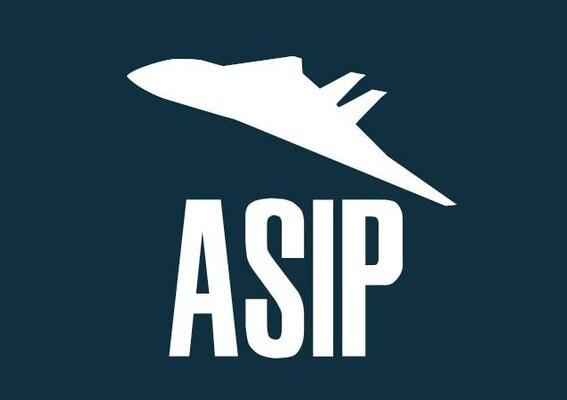Aircraft Structural Integrity Program (ASIP) Conference
Austin, TX
United States

SwRI will be exhibiting at the ASIP Conference, booth no. 20.
Southwest Research Institute® (SwRI®) is an independent, nonprofit, applied research and development organization that has supported Aircraft Structural Integrity Programs for more than 40 years. Our work in the field spans the entire range of ASIP tasks, including providing in-flight recording of aircraft loads; static strength, finite element, and damage tolerance analyses; inspection and repair option development; corrosion prevention and control; and developing the digital thread processes to document all of that for the fleet. We provide a complete range of testing, such as detailed metallurgy and fractography, material property tests, and full-scale aircraft static and fatigue tests. We also develop NASGRO®, the most widely used fracture mechanics and fatigue crack growth software in the world, which includes fracture mechanics models for more than 100 different structural configurations. Our array of ASIP engineering services supports all types of aircraft structures.
For more information, please contact Luciano Smith.
